Mount Desert Island may be small, but between the charming town of Bar Harbor and the beautiful landscape of Acadia National Park, it can be tough deciding where to go and what to see, especially if you’ve got youngsters in tow. How do you hit all the best spots around the island, ensure there’s plenty of places for bathroom breaks along the way, and keep the kids engaged?
Each year the Acadia Inn welcomes hundreds of families to our slice of Downeast Maine and we’ve learned a few tricks for exploring Bar Harbor with kids. If your kids are having fun, you’re more likely to have fun too—and spend less time curbing tantrums. We’ve put together a nature scavenger hunt for kids that will take you to all the best spots around MDI, from Acadia’s iconic carriage roads to the lakes, peaks and beaches that make our island special. Kids will have objectives to keep them interested and excited to explore and along the way, they’ll learn a bit about the environment and the history of our island.
Preparing for Your Adventure
The best explorers are always well prepared! Before you head out on your outdoor scavenger hunt, check a few things off your list.
- Everyone should be wearing comfortable clothes and shoes that are appropriate for physical activity. It can be helpful to plan your outfit in layers in case you get hot or cold while out and about in Acadia.
- No matter the weather, sunblock is always a good idea. Apply before you go and bring it along so you can reapply every 2-3 hours, especially on your face and the back of your neck.
- Scavenger hunts can be hungry work, so pack some snacks and water for the journey. You can grab some fruit from the Acadia Inn’s continental breakfast or visit the concierge to buy granola bars, trail mix and more.
- Make sure you’ve got a map, which are available at the front desk or any visitor center in the park. It’s fun to bring along a few colored pens so you can mark the places you visit.
- Review what it means to leave no trace. While the purpose of our scavenger hunt is to get out in nature, we must always remember to respect and protect our environment. This means properly disposing of any waste, being respectful of the wildlife, and doing our best to not disturb or alter their habitats.
- Don’t forget your scavenger hunt checklist! You can download them and print at home or ask the front desk for a printed copy on your way out the door.
Mount Desert Island Nature Scavenger Hunt for Kids
There’s so much to explore in Acadia! As you head out on your outdoor scavenger hunt prepare to use all your senses. Listen closely for birds, take a deep breath to smell the forest air, feel the soft moss under your feet and perhaps even taste the salty mist off the ocean. For each item in our scavenger hunt, we provide a tip for how to spot it!
Animals You Can Spot in Acadia
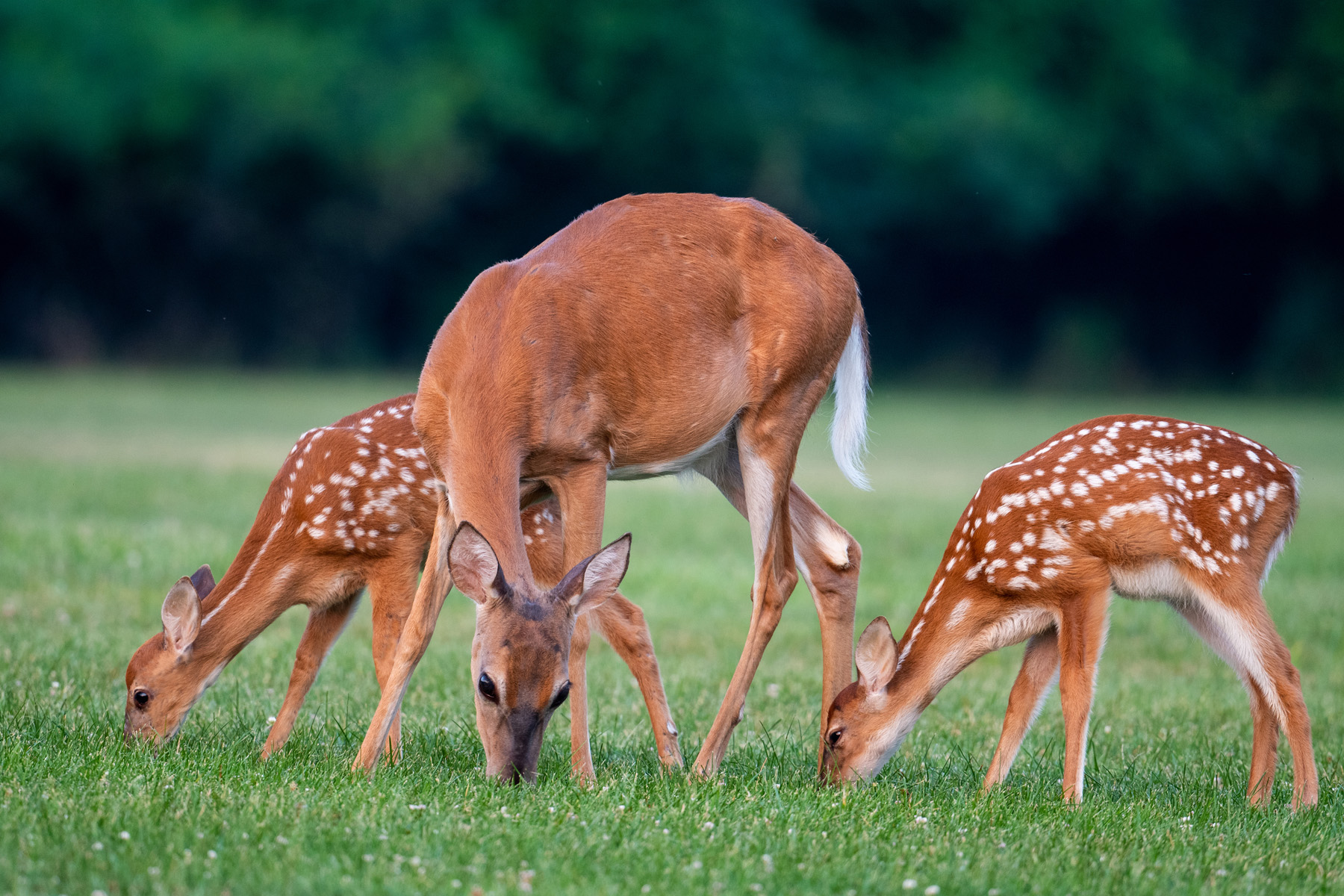
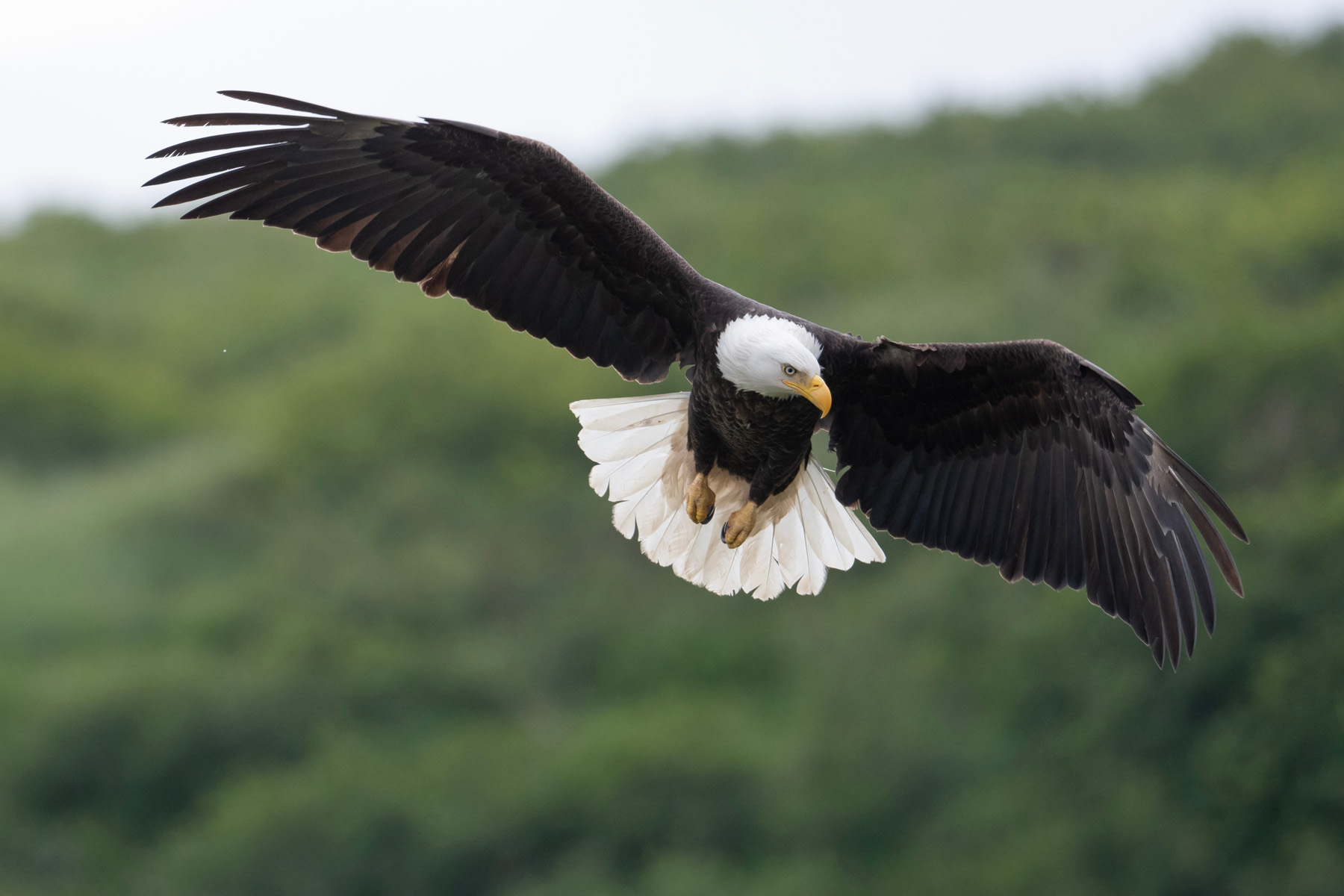
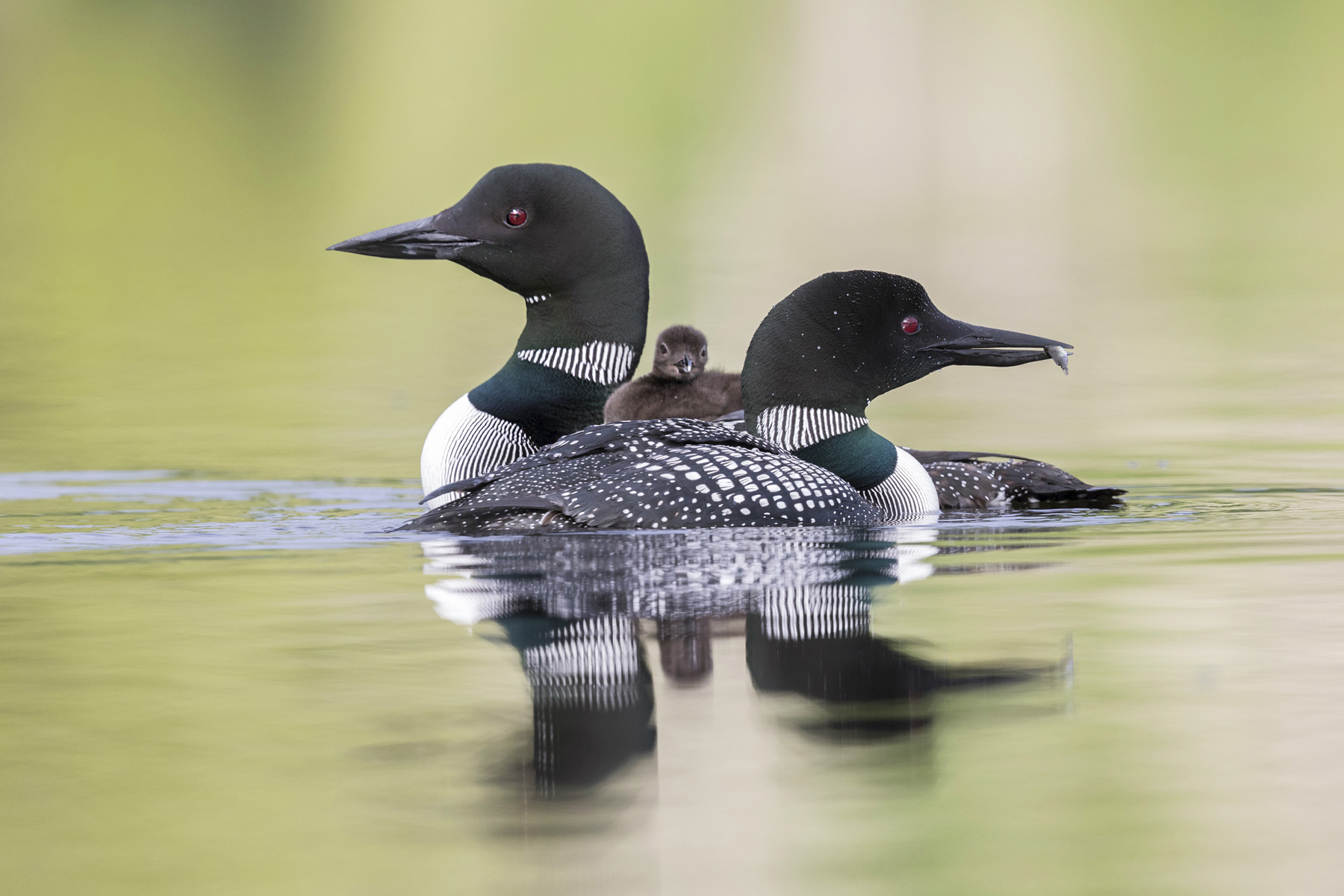 Sometimes the best place to spot the wildlife of Acadia is from the window of your room at the Acadia Inn! In the mornings and evenings, we often get visiting squirrels, rabbits, deer and birds so keep your eyes peeled while enjoying your breakfast or settling in at the end of the night.
Sometimes the best place to spot the wildlife of Acadia is from the window of your room at the Acadia Inn! In the mornings and evenings, we often get visiting squirrels, rabbits, deer and birds so keep your eyes peeled while enjoying your breakfast or settling in at the end of the night.
- Snowshoe Hare: These are bigger than your backyard bunnies but can be shy! Find them early in the morning nibbling grass or ferns near the Great Meadow Wetlands.
- Whitetail Deer: Deer are plentiful in Acadia but their perfectly camouflaged brown coat can make them hard to spot. Look for their signature white tail through the trees.
- Eastern Painted Turtle: Stroll around Jordan Pond where these colorful little turtles love to warm up in the afternoon sun on rocks and logs.
- Red Fox: These elusive omnivores are most active in early morning and evening so keep your eyes peeled as you’re leaving the park at the end of the day or on your drive up Cadillac for sunrise.
- Grey Squirrels: It’s tough not to spot a grey squirrel while visiting Acadia but you can listen for their chatter to help identify where they’re hanging out.
- Red Squirrels: The smaller counterpart to the Grey Squirrel, these critters are characterized by their ginger coat and fuzzy ears. They love to eat seeds from conifers so look for them among pine trees.
- Spotted Salamander: Acadia’s largest salamander species, these guys can be up to 10 inches long and like to hang out by rocky streams like the ones found along the Witch Hole Pond section of the park’s carriage roads.
- American Toad: Did you know this is the only toad that lives in Acadia? You’ll have the best chance of spotting them on rainy days or after a storm has ended. And even if you don’t see them, you might hear their chorus.
- North American Beaver: Freshly chewed stumps are a good sign in you’re in beaver territory. These hardworking fellows can be seen around Jordan Pond, the Tern and Witch Hole Pond.
- Common Loon: Time to use those ears again! While walking around Eagle Lake listen for their long, expressive calls.
- Harbor Seal: Driving along Otter Cove, Somes Sound, or Southwest Harbor you’re likely to spot these marine mammals. Look for dog-like heads bobbing in the water or on rocks and other resting spots.
- Harbor Porpoise: These members of the whale family are shy but like to travel in small groups around the island and can sometimes be spotted in the Somes Sound fjard.
- Bald Eagle: While hiking Acadia’s granite mountains don’t forget to glance up. The majestic Bald Eagle can be spotted cruising the thermal currents and swooping for fish in Acadia’s lakes and ponds.
- Great Blue Heron: These long-legged birds stalk their pray slowly in shallow waters. Watch how quietly they move through the Great Meadow Wetland or Bass Harbor Marsh.
- Downy Woodpecker: Look among deciduous trees for these small woodpeckers and listen for their shrill call and rapid drumming on trees.
- Pileated Woodpecker: This woodpecker is one of the biggest and most striking forest birds. Can you spot the distinctly rectangular holes they drill on trees?
- Blue Jay: Bright blue and characteristically loud, you’ll know when a blue jay is nearby!
- Chickadee: This adorable songbird is Maine’s state bird and can be quickly identified by its call which sounds just like its name: chicka-dee-dee-dee.
- Cardinal: Their red feathers announce these birds quickly, but they prefer to hang out in dense brush so make sure you’re on the lookout.
- Wild Turkey: Turkeys are early risers who forage in groups along roadsides and in meadows so if you spot one, there’s probably more where that came from!
- Monarch: While common throughout the park, you can visit the Wild Gardens of Acadia for a good opportunity to spot these orange pollinators fluttering about.
- Luna Moths: These gorgeous, pale green moths only make their appearance for a short time in spring. Their caterpillars feed on birches so take a stroll around Hemlock Loop for a good chance to stop these pretty moths.
The Plants of Acadia National Park

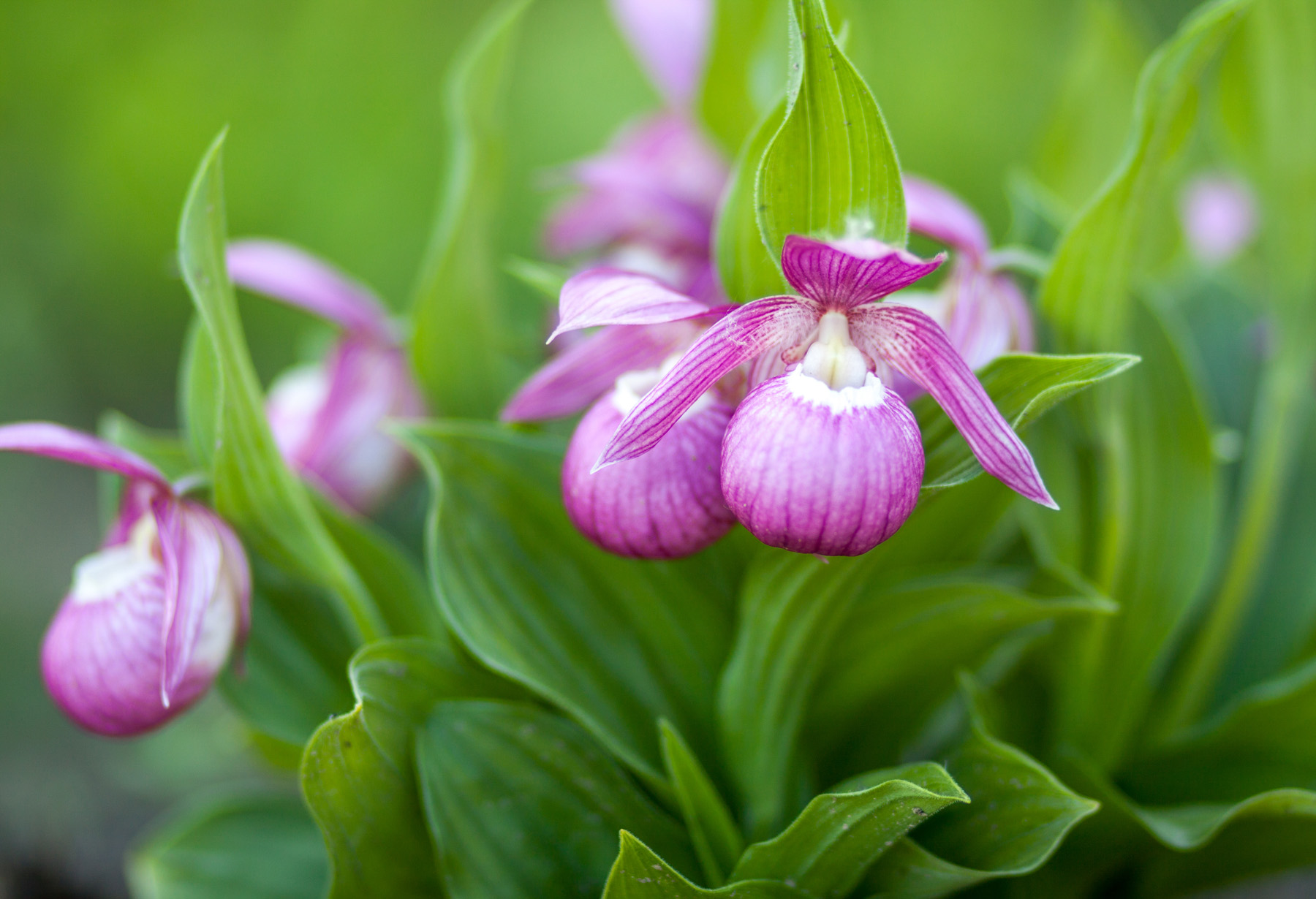 Mount Desert Island is home to more than 1000 species of plants thanks to its variety of different habitats. Wetlands to coastline to mountains, forests, and freshwater environments such as streams, lakes and ponds bring together unique factors and foster the growth of diverse plants. See if you can identify the plants in this outdoor scavenger hunt.
Mount Desert Island is home to more than 1000 species of plants thanks to its variety of different habitats. Wetlands to coastline to mountains, forests, and freshwater environments such as streams, lakes and ponds bring together unique factors and foster the growth of diverse plants. See if you can identify the plants in this outdoor scavenger hunt.
- Cattail: They look a little like hot dogs on sticks! They grow in swamps and marshes like the Great Meadow Wetland or Bass Harbor Marsh.
- Lady Slipper: In June, these little gems decorate the forest floor with their pink blossoms. They also happen to be a favorite snack of deer.
- Lowbush Blueberry: Maine’s blueberries prefer acidic soil and make their homes atop rocky mountains. They ripen throughout August and can be found along most hiking trails like North Bubble or atop Gorham Mountain.
- Lupine: These bouncy purple, pink and white blossoms make for a colorful landscape in May and June and can be seen along roadsides or woodland clearings. They are also planted in the Hulls Cove Visitor Center garden.
- Mountain Holly: Also called catberry, this plant prefers wet soil and is most often found growing near streams, ponds or lakes.
- Red Clover: Clover is essential for pollinators and puts on white and purple flowers all the way from June through September. You can probably spot it at any picnic area or campsite in Acadia, and if you’re lucky, you might find a four-leaf clover too!
- Rugosa Rose: Beach roses dot the coastline so keep your eyes peeled when walking the shore path or visiting Thunder Hole. They bloom in late June but you may also spot their orange and red ‘hips’ later in the summer and fall.
- Wild Blue Iris: The bluish, purple flowers attract butterflies and other pollinators hanging out in brackish waters like those around the interior of Otter Cove.
Mount Desert Island’s Deciduous Trees
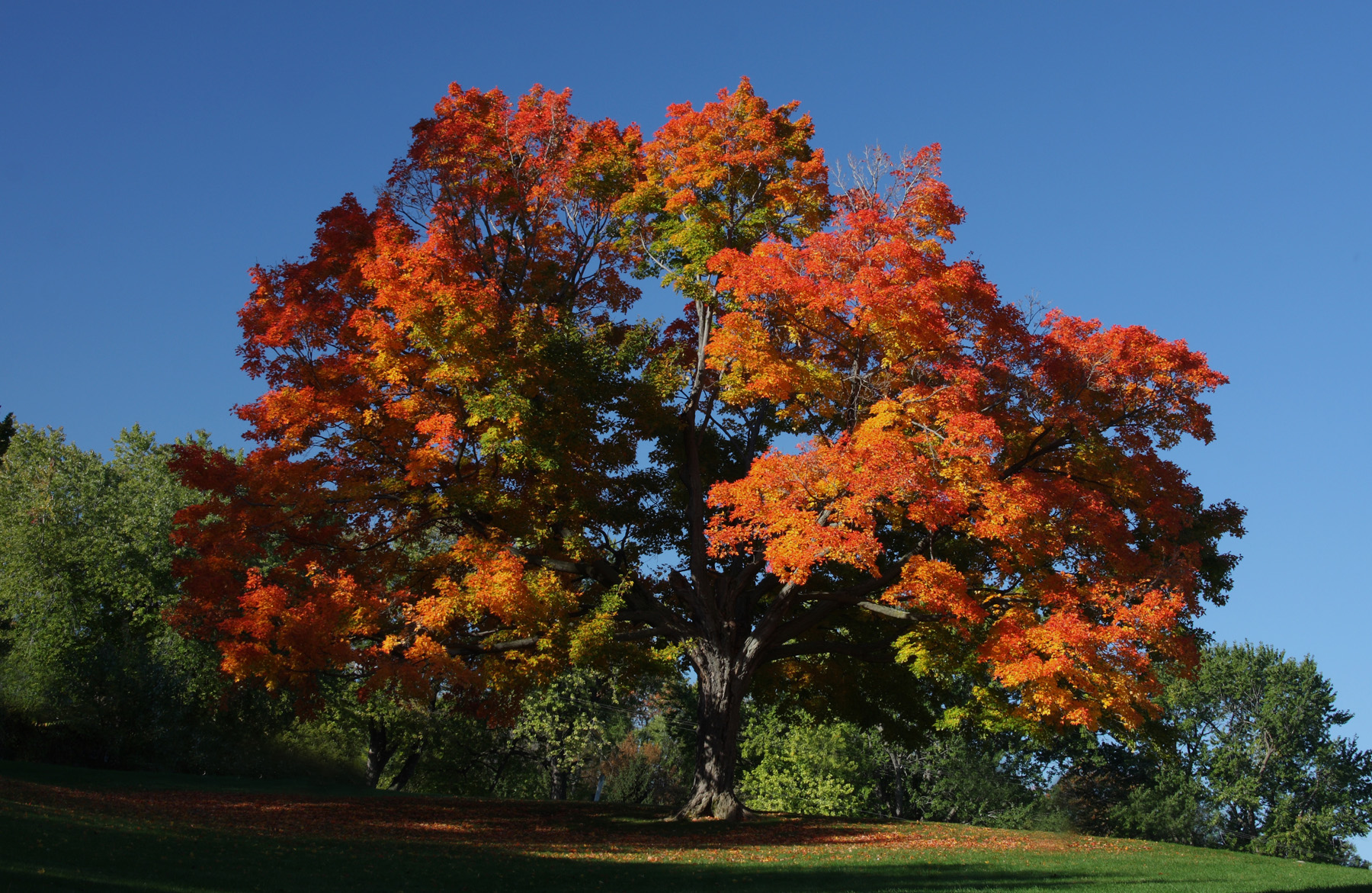
 A deciduous tree is one with leaves that drop in autumn, carpeting the forest floor and insulating it over winter. Most of Acadia’s deciduous trees can be found at lower elevations. How many can you find?
A deciduous tree is one with leaves that drop in autumn, carpeting the forest floor and insulating it over winter. Most of Acadia’s deciduous trees can be found at lower elevations. How many can you find?
- Sugar Maple: That’s right, this tree is where most maple syrup comes from! Identify their leaves by looking for 3-5 lobes with slightly toothed edges.
- Silver Maple: As the name suggests, these maples can be identified by looking at both sides of the leaves. On top, they appear pale green but underneath they are a silvery white.
- Striped Maple: This tree prefers to stay under the cover of larger trees and only grows to about 25 feet. They have large, 3-lobed leaves that look like a goose’s foot.
- Red Maple: Who knew there were so many types of maple?! Red maples have leaves with 3-5 lobes and plenty of teeth.
- Paper Birch: These birches grow in straight lines with distinct white bark that peels in thin papery sheets. You can feel the bark, but don’t peel it off the trees!
- Grey Birch: The trunks of these trees look a little like cookies and cream with flecks of dark brown or black marking the white.
- Red Oak: These giants can grow up to 80 feet tall and have long leaves with 5-9 lobes that end in points. If you’re visiting in fall, you might find acorns scattered around their bases.
- White Oak: The leaves of the white oak are similar in shape to red oaks but can be distinguished by the rounded ends of each lobe.
- American Beech: Large, oval leaves with small teeth lining the edges mark this try. In fall they turn a vibrant golden color.
- American Elm: While the leaves are similar in shape to a beech, you can tell an Elm leaf by its sandpaper texture.
Conifers of Acadia National Park
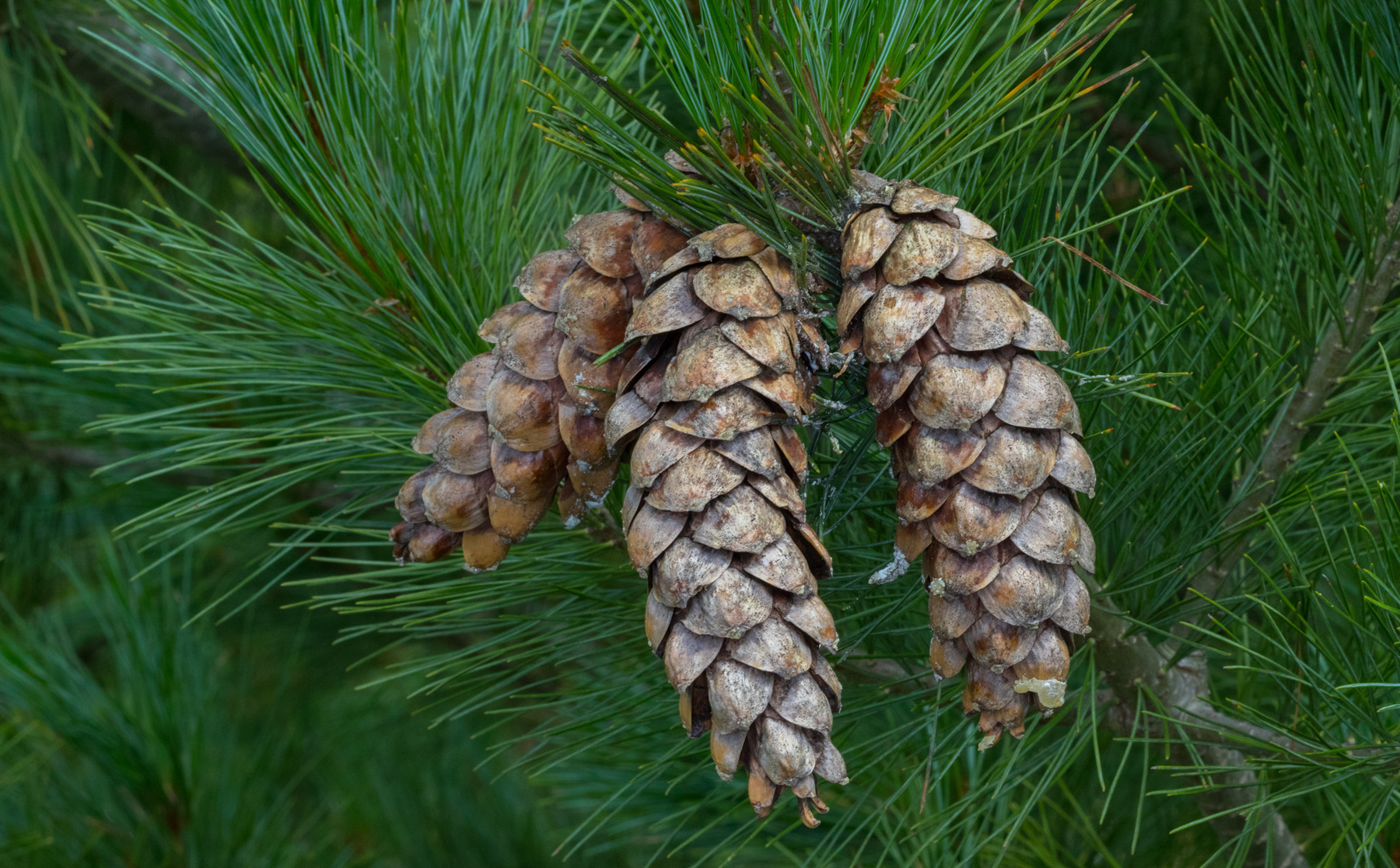
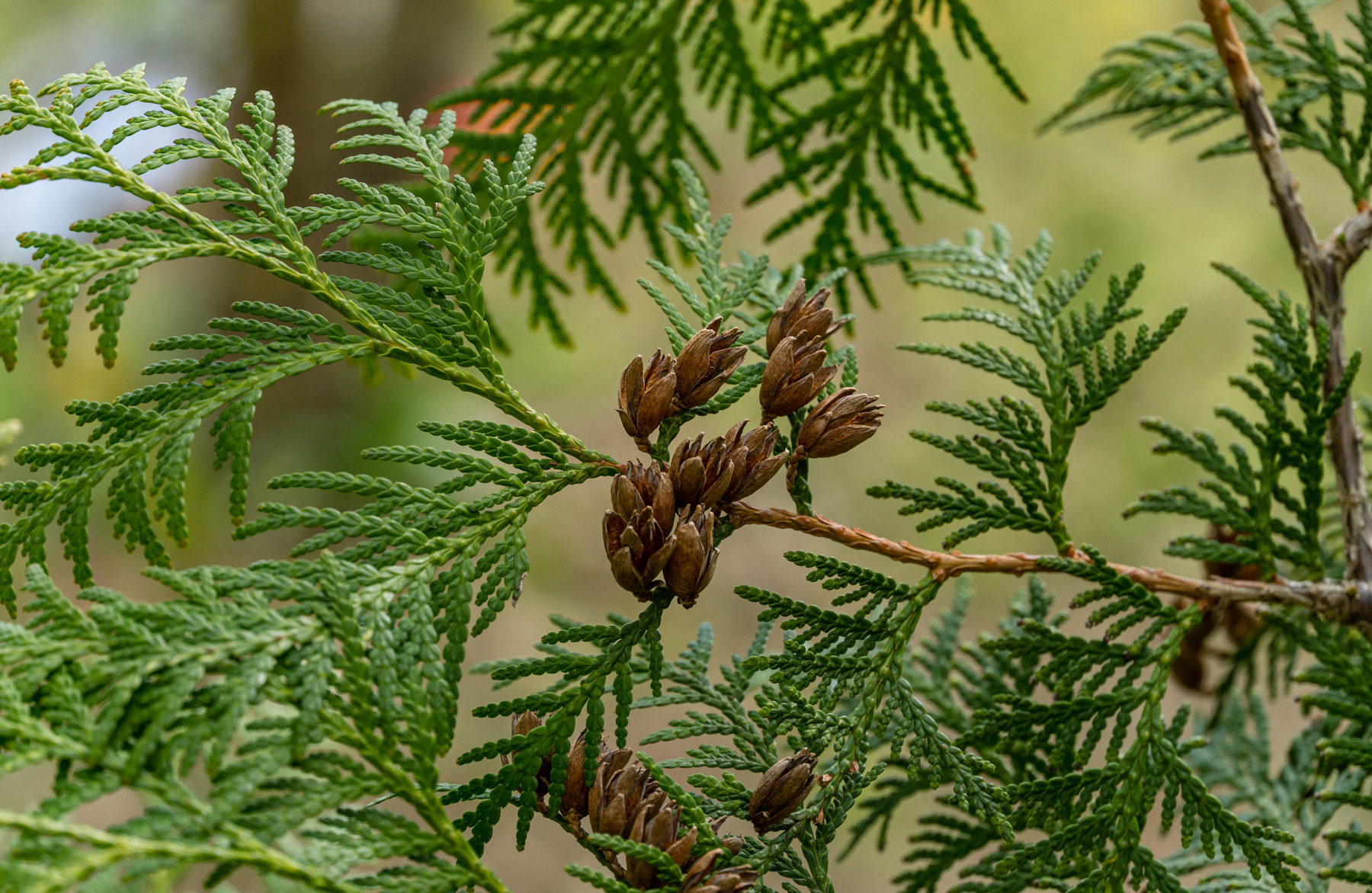 Maine is also known as the pine tree state—home to many conifers. Conifers are trees that produce cones to distribute their seeds. They often have needles for leaves and are evergreen, meaning they don’t drop their leaves in fall like deciduous trees. Most of Acadia’s forests are made up of conifers so you’ll have plenty of opportunities to check these off your outdoor scavenger hunt checklist.
Maine is also known as the pine tree state—home to many conifers. Conifers are trees that produce cones to distribute their seeds. They often have needles for leaves and are evergreen, meaning they don’t drop their leaves in fall like deciduous trees. Most of Acadia’s forests are made up of conifers so you’ll have plenty of opportunities to check these off your outdoor scavenger hunt checklist.
- White Spruce: Spruce needles are shaped like rectangular cylinders with four distinct sides. Try rolling them between your fingers to feel the shape. While hiking, look for them on the north side of mountains and slopes.
- Red Spruce: With needles shaped like the white spruce, you can tell the two apart by the slight reddish hue of their twigs and their smaller, shorter cones.
- Red Pine: Characterized by their tall, straight growth, these pine trees have long, flexible needles that grow in groups of two. These needles blanket the forest floor and make for soft walking and great nest building material.
- Eastern White Pine: Our state tree stands tall and proud, even more picturesque the older it gets. The needles are bluish green and they produce long, slender pinecones. Did you know there are white pines that have been dated as more than 500 years old?
- Balsam Fir: Christmas trees in the wild! These pines have flattened needles in a dark green color and a wonderful fresh scent.
- Northern White Cedar: Smaller than their spruce and pine counterparts, the white cedar grows lovely fan-like leaves that look a bit like ferns. They prefer to grow in wet areas and are most common around Acadia’s lakes and ponds.
- Eastern Hemlock: Hemlock’s produce petite, round cones about the size of an acorn. They have droopy branches of flattened needles and prefer growing in cool areas like the north side of a slope.
Making Memories on Your Trip with Acadia National Park with Kids
With nearly fifty different plants and animals to keep your eye out for, this nature scavenger hunt for kids provides plenty of opportunities for young adventurers to interact with their environment. Along the way, snap some photos of your finds or get the whole family in the shot to document what spot in Acadia you discovered an item from the checklist. For quiet evenings or rainy days, kids can draw their favorite finds or locations throughout the park.
Planning a family trip can often feel like navigating through a maze, especially with the added challenge of keeping young minds engaged and entertained. The Mount Desert Island Scavenger Hunt guides families through the stunning landscapes of Acadia National Park, occupying and engaging little ones. As children learn to interact with nature, parents can relish the moments of discovery and joy that unfold with each step of the hunt. Next time you visit Bar Harbor with kids, use this scavenger hunt to transform every corner of Acadia into a classroom alive with wonders and opportunities to create lasting family memories.






